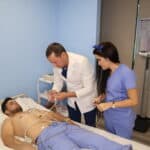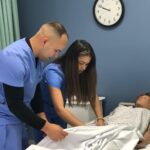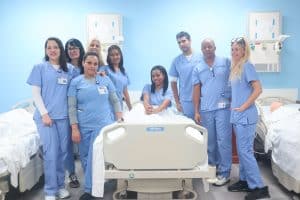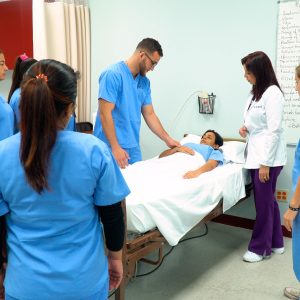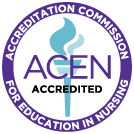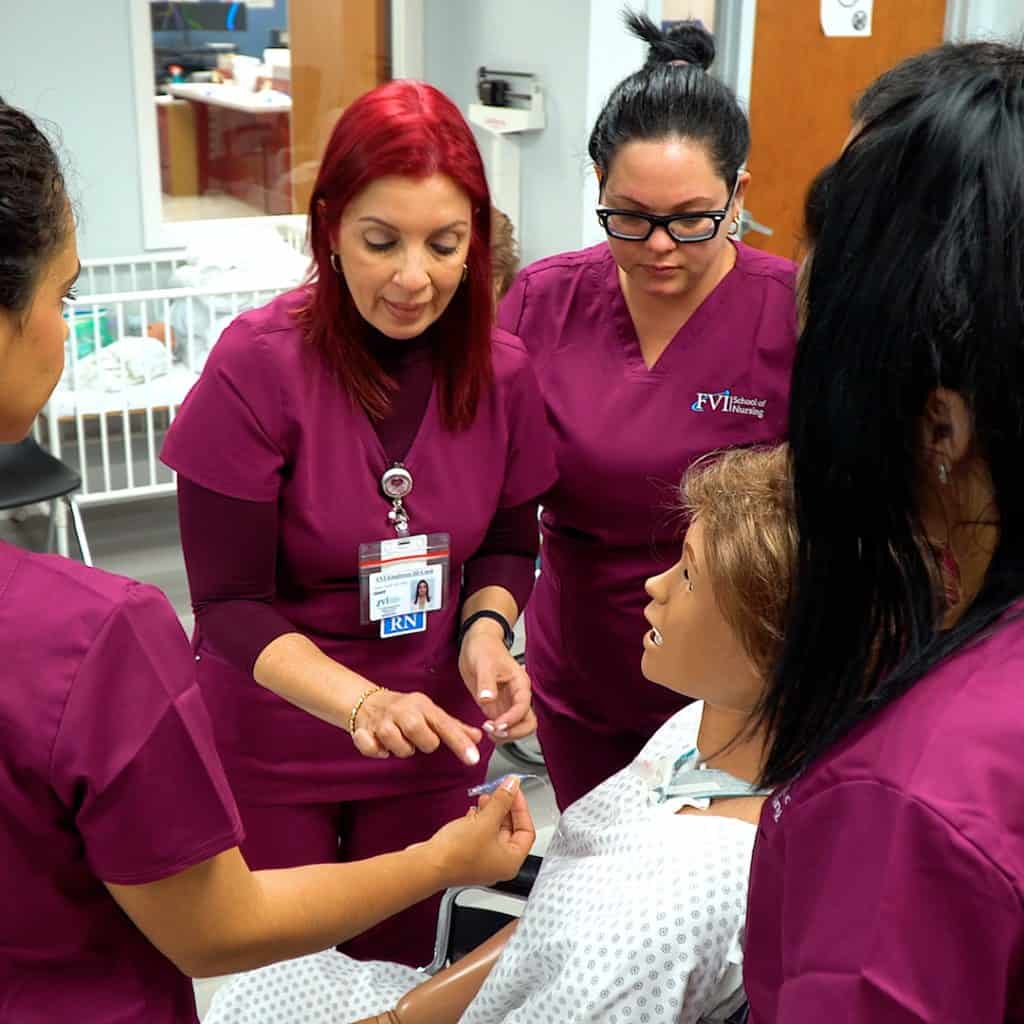
Florida’s healthcare system is facing a serious shortage of Licensed Practical Nurses (LPNs), a challenge that continues to grow each year. According to the Florida Center for Nursing’s 2022–2037 Workforce Projections Report, the state’s supply of LPNs is declining while demand is climbing at a rapid pace. This widening gap is creating strong job opportunities for those ready to enter the nursing field or advance their careers through practical nursing education.
Florida Center for Nursing Report: Key Findings
The Florida Center for Nursing (FCN) report reveals that the state began 2022 with an LPN shortage of about 8,100, reflecting an adequacy rate of 85%. (Adequacy refers to the percentage of workforce supply compared to projected demand.) By 2037, the shortage is expected to grow to approximately 32,870, dropping adequacy to 55%.
This means that while demand for LPNs is expected to increase by 34%, the supply of new nurses is projected to shrink by 14% over the same period. If barriers to accessing healthcare were reduced, overall demand for nursing services could increase by as much as 68% by 2037, signaling an even greater need for qualified LPNs to care for Florida’s growing patient population.
South and Southeast Florida: Critical Workforce Gaps
The shortage is particularly significant in South Florida and Southeast Florida, two of the state’s largest healthcare regions.
- Southeast Florida is projected to see demand increase by 2,100 full-time equivalent (FTE) nursing positions, while adequacy levels drop from 67% in 2022 to even lower by 2037.
- South Florida is expected to face one of the state’s largest shortfalls, with demand rising by 2,570 FTEs and supply declining by 1,710 FTEs.
These regions are home to some of Florida’s busiest hospitals, long-term care facilities, and home health agencies, places where LPNs play an essential role in patient care.
Demand for LPNs Reflected Nationwide
Nationally, the Bureau of Labor Statistics (BLS) projects employment for LPNs to grow by 3% from 2024 to 2034, which is about as fast as the average for all occupations. The BLS notes that most job openings will come from replacement needs, meaning there will be steady hiring to fill roles as nurses retire or move into higher-level positions. In Florida, where the shortage is particularly severe, that demand is even greater, making this one of the best times to become a Licensed Practical Nurse.
Why the Florida LPN Shortage Is Worsening
Several factors are driving Florida’s deepening shortage of Licensed Practical Nurses:
- Retirements and Aging Workforce: Many experienced LPNs are reaching retirement age, and there are not enough new nurses entering the field to replace them.
- Population Growth and Aging Residents: Florida’s senior population continues to grow faster than the national average, increasing the need for skilled nursing care in assisted living facilities, nursing homes, and home health settings.
- Healthcare Expansion: New hospitals, rehabilitation centers, and healthcare clinics are opening throughout the state, expanding demand for nursing professionals.
- Limited New Entrants: Fewer individuals are enrolling in LPN training programs, limiting the number of new graduates entering the workforce each year.
As a result, healthcare facilities across the state—especially in South Florida—are actively recruiting practical nurses to fill the growing number of open positions.
The Impact on Patients and the Healthcare System
The LPN shortage affects more than just staffing numbers; it also impacts patient care and healthcare operations. When healthcare teams operate with fewer practical nurses, patients may face longer wait times for routine care or assistance with daily needs. Hospitals and nursing homes may also need to rely more on temporary or traveling nurses, which can drive up costs and affect continuity of care.
In long-term and home health settings, the shortage could lead to fewer available caregivers for elderly and chronically ill patients who depend on ongoing nursing support. For Florida’s growing senior population, this makes the role of LPNs more critical than ever.
Why Now Is the Right Time to Become an LPN in Florida
While the shortage presents challenges for the healthcare system, it also represents a tremendous career opportunity for those ready to step into the nursing profession.
Licensed Practical Nurses are in high demand across hospitals, long-term care facilities, clinics, and home healthcare organizations. Becoming an LPN offers a faster pathway to a healthcare career, typically requiring about a year of education, compared to several years for a registered nursing degree.
In addition to job stability and flexibility, many LPNs choose to continue their education later to become Registered Nurses (RNs), expanding their earning potential and career options. For individuals already working in healthcare, such as medical assistants, CNAs, or patient care technicians, training to become an LPN is a natural next step toward advancement.
With South Florida healthcare providers expanding and hiring aggressively, now is the ideal time to pursue this rewarding and stable career path.
Learn More About FVI’s Practical Nursing School in Miami and Miramar
At FVI School of Nursing and Technology, students gain the knowledge, skills, and confidence to prepare for licensure as Licensed Practical Nurses. FVI’s practical nursing program in Miami and practical nursing program in Miramar are designed to provide a balanced combination of classroom instruction, simulation lab training, and real-world clinical experience.
Program highlights include:
- Completion in 72 weeks (approximately 18 months)
- Instruction from experienced nursing faculty with extensive clinical backgrounds
- Hands-on learning through skills labs and supervised clinical rotations
- Comprehensive preparation for the NCLEX-PN exam
- Financial aid available to those who qualify
- Career services and job placement assistance after graduation
With a supportive and student-centered approach, FVI provides personalized guidance throughout your education. Faculty and success coaches help students stay motivated and prepared for success, both in school and in their future nursing careers.
Graduation from the program does not guarantee licensure or employment. To become a Licensed Practical Nurse, graduates must pass the NCLEX-PN and meet the requirements of the Florida Board of Nursing.
Enroll Now! Apply to Our Practical Nursing Program in Miami or Miramar
If you’re ready to take the next step, FVI offers the opportunity to study at our practical nursing school in Miami or our practical nursing school in Miramar, where students benefit from high-quality instruction and a strong network of clinical partners. To learn more about how FVI can help you start your path toward a practical nursing career, contact us today to speak with our admissions team.

